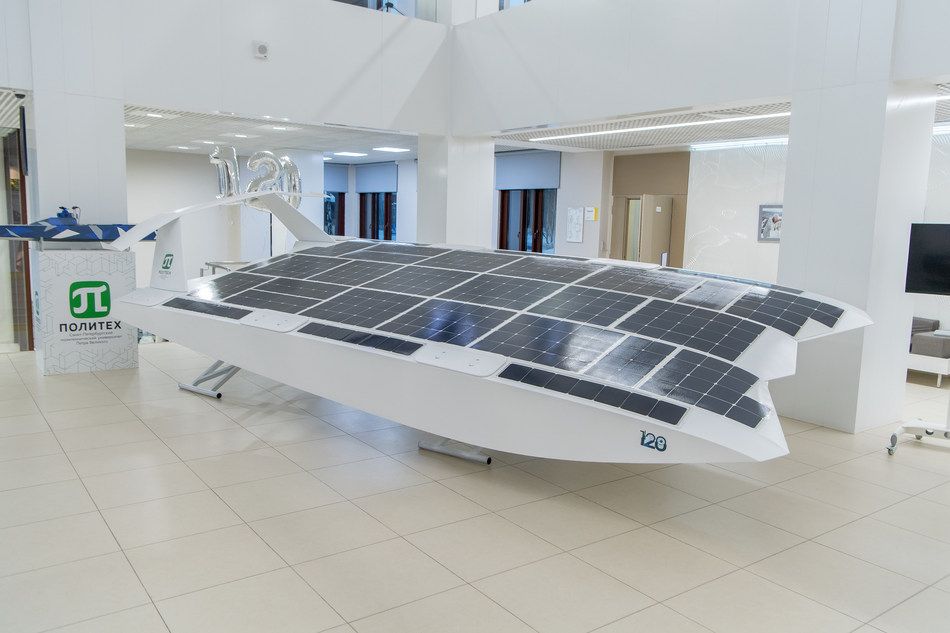A new technique of manufacturing graphene could revolutionize solar power by enabling the creation of ultra-lightweight, flexible solar panels.
A novel technique developed by researchers at the Michigan Institute of Technology (MIT) that allows for the creation of large sheets of graphene — a layer of single carbon atoms extracted from graphite — could have a significant impact on the development of future electronic devices.
In particular, the development could give a significant boost to the field of solar power where graphene is used as a replacement for indium tin oxide (ITO) in the creation of electrodes. The resultant transparent and light electrodes can bend up to 78 ⁰ — much more flexible than traditional ITO electrodes.









